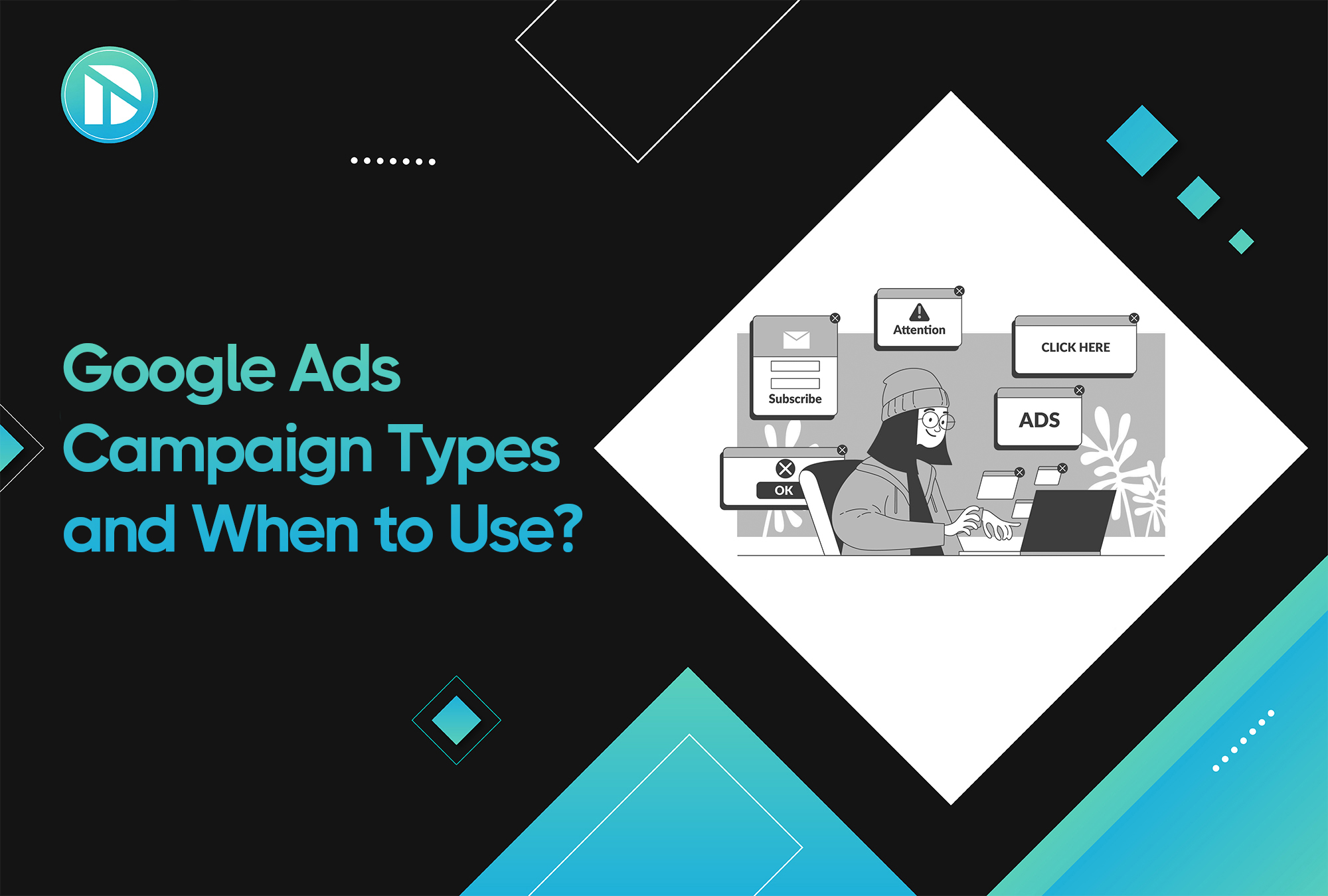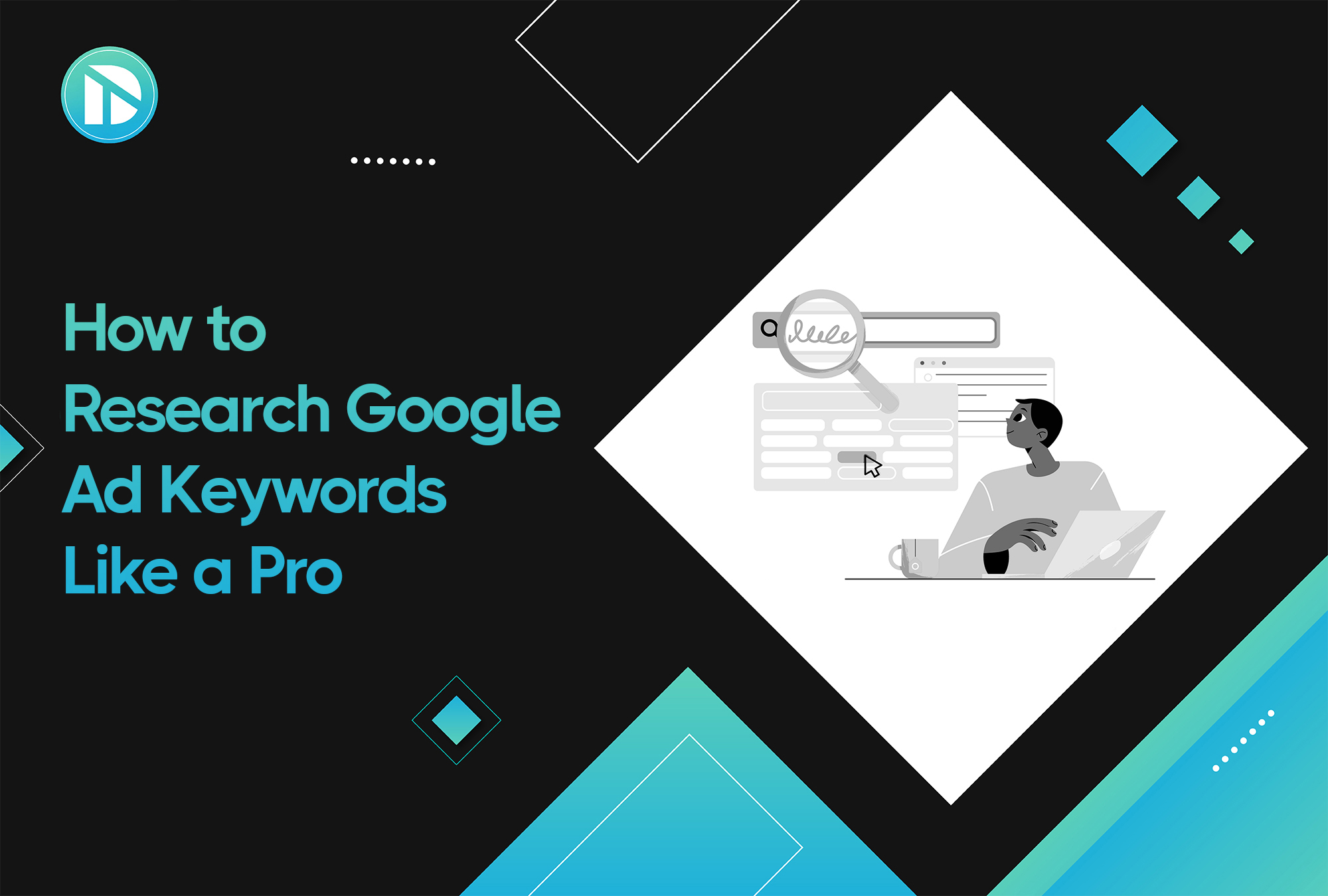Creative is now your main growth lever in Meta advertising. Gone are the days when you needed to spend endless hours inside the ads manager, pushing buttons, trying different setups, and targeting audiences or interests. Now, you need to put the same time into your creative planning, direction, overall strategy, and testing.
But testing creative the wrong way is the fastest path to burning thousands in ad spend with nothing to show for it.
In this guide, you will learn how to test your creatives efficiently, stretch your budget, and scale what works. These are the same methods used by teams managing 7 and 8 figure ecommerce accounts.
Part 1: The New Rules of Creative Testing in 2025
Creative testing today is not what it used to be. Here is what changed in 2025:
- Meta has removed most of the control advertisers used to have. This puts the full weight of performance on your ad creative.
- Creative fatigue happens faster. Ads used to last several months. Now they tire out much faster.
- You need to put a lot more thought and planning behind your creatives. Think angles, concepts, hooks, winning variations, and more.
To stay profitable, you need a structured approach. Not more variations. Just better ones.
Part 2: Start With Your Winning Ads
Do not start by creating new ads. Start by looking at what already works.
How to Analyze Existing Creatives
- Pull your top 3 to 5 performing ads from the last 60 days.
- For each one, document:
- The main hook or idea
- The creative style (UGC, polished, testimonial, meme, etc.)
- The product offer or CTA
- Any patterns across the best performers
- The main hook or idea
This gives you a blueprint. Now you can create meaningful variations without guessing.
Part 3: If You Are Starting From Scratch
If you do not have any prior ads or are launching ads for the first time, your approach would be different. Take out a pen and paper, or Notion, or whatever planning tools you prefer. Then start planning.
Here are the main things you should be covering:
- What are you selling
- Who are you selling to
- How does it benefit your target audience
- What does it help them achieve
- How does it help them achieve it
- How is it different from other brands
In short, brainstorm as many concepts and angles as you can. Consider features, benefits, pain points, objections, testimonials, dream outcomes, and more. That is your first step.
Next Step
Build out creative and ad ideas around each of these angles. For example, let us say you sell a natural weight loss supplement for women. Two angles around it could be:
- Lose Weight or Burn Fat as a dream outcome or benefit based angle
- Natural or Organic as a feature based or differentiator angle
Now for both of these angles, you can create multiple ad types and variations.
Ad types: Image ads, GIFs, carousel, product video, UGC
Variations: Different hooks, product based ad, model and product, before and after ad style, and others
If you do Angle x Ad Type x Variation, you end up with endless ad combinations.
Part 4: Test Creatives With a Clear Hypothesis
You should never launch a creative without knowing what you are testing.
Build a Simple Testing Framework
- Always test with a goal. For example, will this visual improve thumbstop rate
- Test 3 to 4 variations at a time with consistent budget
- Log metrics like CTR, CPC, ROAS, thumbstop rate, and scroll depth
- Only change one major element per test so you know what caused the result
Creative Mockup Idea 2
Format: Split screen video
- Hook A: Still breaking out after trying 10 products
- Hook B: What dermatologists do not tell you about acne
Use the same visuals but swap intros. Let the hook battle it out.
Part 5: Create Smart Creative Variations
Most brands test meaningless changes like tweaking a single word or adjusting the color.
Instead, use purposeful iteration.
Examples of Smart Creative Iterations
What You Keep
What You Change
Winning hook
New visuals
Same visual
New hook or voiceover
Same structure
New creator
Same message
New setting or B roll
Creative Mockup Idea 1
Format: Carousel ad
Slides:
- Slide 1: UGC testimonial with headline A
- Slide 2: Same testimonial with headline B
- Slide 3: New visual but same script
This tests one variable at a time while giving the user multiple reasons to stop scrolling.
Part 6: Mistakes That Kill Your Budget
- Random Testing
Launching ads without a strategy or hypothesis is the fastest way to lose money. - No Market Research
If you are not analyzing what your competitors are doing right and wrong, you are missing easy wins. - Poor Message to Audience Fit
A good ad shown to the wrong audience or at the wrong time will still fail. Match the creative to where the customer is in their journey. - Overspending on Production
High budget ads often underperform. Focus on storytelling and clarity instead of fancy visuals. - No Repeatable Process
Every successful creative team has a system. That includes:
- A process for analyzing top performers
- A format for creating variations
- A way to track and scale winners
Bonus Section: Fuel Creative Ideas Without Starting From Scratch
Even experienced teams get stuck coming up with fresh angles. Here are five easy ways to keep your idea pipeline full.
- Mine Your Comments Section
- Turn positive comments into social proof headlines
- Turn negative comments into objections to address
- Use customer language exactly as they say it
- Study Competitor Mistakes
- Look at both their best and worst performing ads
- Identify gaps they are not addressing
- Adapt, do not copy
- Borrow From Other Industries
- Study how brands in health, SaaS, or food use storytelling
- Cross industry angles can refresh stale categories
- Review Mining
- Look for unexpected benefits in product reviews
- Pull use cases you never thought to advertise
- Find specific results instead of vague praise
- Blend With Trending Topics
- Link your product benefits to cultural moments
- For example, promote your protein bar during marathon season or fashion week depending on your audience
Conclusion
Creative testing in 2025 is not about guesswork. It is about building systems that help you test with intention and scale what works.
The most successful brands today do not rely on random ideas. They analyze what is already performing well, create smart variations, and run each test with a clear objective. Underperforming creatives are removed quickly, and new concepts are built on existing winners rather than starting from zero.
In a world where ad fatigue is common and attention is limited, creative can either drain your budget or become your strongest growth engine. What makes the difference is the system you choose to build.
At Digitorm, we help ecommerce brands build that system. From data backed creative strategy to full funnel execution, we turn high performing ideas into consistent growth. If you are ready to scale smarter, we are ready to help.
.png)








